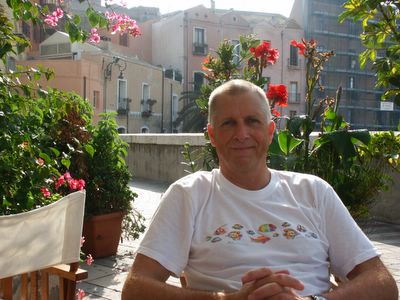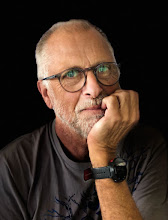Cloud panorama
When you reach a certain age you start to think that you've seen it all. All the kinds of weather that nature throws at you; the wind, rain and snow and all the shapes that rain clouds come in. Well, not so I my case. While I was setting up the measuring station in the El Leoncito National Park in West Argentina I did see clouds coming over and along the Andes montain range. And I did see that it started to look pretty menacing. There could be some rough and wet weather brewing. Fortunately it became clear a little later that the storm would pass North of me and so it did. You could hear some thunder, see a single lightning bolt, and there was a lot of wind. As the sun got lower and lower over the Andes, all of a sudden the cloud that by then had passed to the East was lit up yellow and orange by the light of the setting sun. I dropped everything, grabbed my camera and started snapping away. I have never seen such a sight before. I have seen some awesome skies over the Karoo desert, but this blew me away.
The picture is a panorama of three stitched photo's that give an idea of the extent of the rain cloud as it drifted away. Never say you have seen it all, because you may be surprised. Just like me!
Rob





